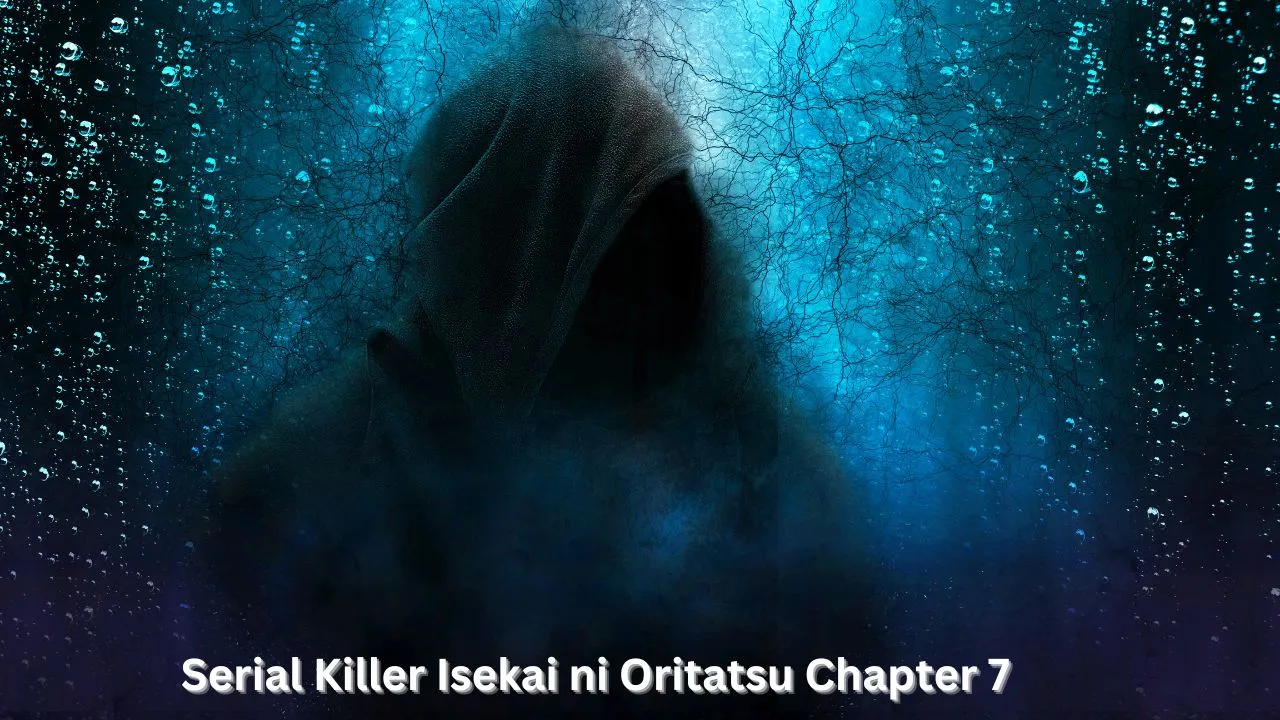Translation, or “преводеч” in many languages, is essential in our interconnected world. It bridges gaps between different cultures and languages, allowing for smooth communication and understanding. This article will explore what преводеч is, its history, importance, types, processes, tools, challenges, and how to become an expert in this field.
Understanding Преводеч
At its core, преводеч is the art and science of converting text or speech from one language to another while preserving the original meaning, tone, and intent. Unlike simple word-for-word substitution, it involves a deep understanding of both the source and target languages, including their cultural and contextual nuances. Translators play a vital role in making content resonate with the intended audience.
Historical Evolution of Преводеч
Early Beginnings
The history of преводеч dates back to ancient civilizations. Early translators acted as mediators between cultures. One notable example is the translation of the Hebrew Bible into Greek in the third century BCE, known as the Septuagint. This event was a significant milestone in religious and cultural exchange.
Middle Ages
During the Middle Ages, translation flourished, particularly in the realms of science, philosophy, and religion. The Islamic Golden Age saw the translation of Greek and Roman works into Arabic, which were later translated into Latin, significantly influencing the European Renaissance.
Renaissance Influence
The Renaissance era revived interest in classical texts, leading to extensive translation activities. This period emphasized accuracy and faithfulness to the original texts, laying the groundwork for modern translation theories and practices.
Modern Day Practices
In today’s world, преводеч has evolved into a sophisticated profession supported by advanced technologies and methodologies. Translators work in diverse fields such as literature, business, law, medicine, and technology, each requiring specialized knowledge and skills.
Importance of Преводеч in Modern Times
Cultural Exchange
Преводеч facilitates cultural exchange by making literature, films, and other cultural artifacts accessible to a global audience. This exchange enriches societies, fosters mutual understanding, and promotes cultural diversity.
Business and Trade
In the business world, effective преводеч is crucial for expanding into global markets. It ensures that marketing materials, contracts, manuals, and other documents are accurately translated, helping companies communicate effectively with partners and customers worldwide.
Diplomacy
Diplomacy heavily relies on преводеч to conduct international relations smoothly. Accurate translation of treaties, agreements, and diplomatic correspondences is essential for maintaining peace and fostering cooperation between nations.
Types of Преводеч
Document Translation
Document translation entails converting written materials from one language to another. This can include business reports, academic papers, and personal documents. Precision and clarity are paramount in this type of преводеч.
Literary Translation
Literary translation is perhaps the most creative and challenging form of преводеч. Translators must capture the essence, style, and emotional impact of the original work, whether it’s a novel, poem, or play, ensuring that it resonates with readers in the target language.
Technical Translation
Technical translation involves translating specialized texts such as manuals, guides, and technical specifications. This type requires a high level of expertise in the subject matter to ensure accuracy and comprehensibility.
Legal Translation
Legal translation is a specialized area that demands knowledge of legal terminology and systems. It involves translating contracts, statutes, and legal opinions, where precision and adherence to legal standards are critical.
Medical Translation
Medical translation involves translating medical documents such as patient records, research papers, and pharmaceutical instructions. This field demands a thorough understanding of medical terminology and practices to ensure patient safety and accurate communication.
The Преводеч Process
Initial Assessment
The преводеч process begins with an initial assessment of the source material. This involves understanding the purpose of the translation, identifying the target audience, and determining any specific requirements or challenges.
Translation Phase
During the translation phase, the translator converts the text from the source language to the target language. This phase requires meticulous attention to detail and a deep understanding of linguistic nuances and cultural contexts.
Quality Assurance
Quality assurance is a crucial step in the преводеч process. It involves proofreading, editing, and reviewing the translated content to ensure accuracy, consistency, and fluency. This step often includes peer reviews and the use of translation tools to verify correctness.
Final Delivery
The final delivery of the translated content includes formatting the text according to the client’s specifications and ensuring that all requirements have been met. This step guarantees that the translation is ready for use in its intended context.
Tools of the Trade
CAT Tools
Computer-Assisted Translation (CAT) tools are essential in modern преводеч. These tools help translators manage large volumes of text, maintain consistency, and increase efficiency. Common CAT tools include SDL Trados, MemoQ, and Wordfast.
Machine Translation
Machine translation uses artificial intelligence to translate text from one language to another. While not perfect, advancements in this technology, such as Google’s Neural Machine Translation (NMT), have made it a valuable tool for handling large-scale translations quickly.
Human Translation
Despite technological advancements, human translation remains the gold standard for accuracy and cultural sensitivity. Human translators bring an understanding of context, idiomatic expressions, and cultural nuances that machines cannot replicate.
Challenges in Преводеч
Linguistic Nuances
One of the biggest challenges in преводеч is capturing linguistic nuances. Words and phrases often carry multiple meanings, and translators must choose the most appropriate equivalents in the target language.
Cultural Sensitivity
Cultural sensitivity is crucial in преводеч. Translators need to be aware of cultural differences and avoid potential misinterpretations or offenses. To do this, a profound grasp of both the source and target cultures is necessary.
Technical Jargon
Technical jargon poses a significant challenge, especially in fields like medicine, law, and technology. Translators must have specialized knowledge to accurately translate terms and concepts that are not commonly used outside their specific domains.
Becoming a Преводеч Expert
Education and Training
Becoming a преводеч expert requires extensive education and training. Many translators hold degrees in translation studies or related fields and undergo specialized training to develop their skills.
Certification
Certification from recognized bodies, such as the American Translators Association (ATA) or the Chartered Institute of Linguists (CIOL), provides credibility and demonstrates a translator’s skill and professionalism.
Continuous Learning
The field of преводеч is constantly evolving, and continuous learning is essential. Translators must stay updated with linguistic trends, new technologies, and changes in their areas of specialization to maintain their expertise.
Case Studies: Successful Business Translations
Example 1: Coca-Cola’s Global Expansion
Coca-Cola effectively translated its marketing materials and product information, allowing it to successfully enter various global markets.
Example 2: IKEA’s International Presence
IKEA translated its product information and instructions accurately, ensuring a seamless experience for customers worldwide.
Conclusion
In conclusion, преводеч is a vital skill in our globalized world. Its importance spans cultural exchange, business, and diplomacy. As the field continues to evolve, aspiring translators should pursue expertise and continuous learning to succeed in this dynamic and rewarding profession.





